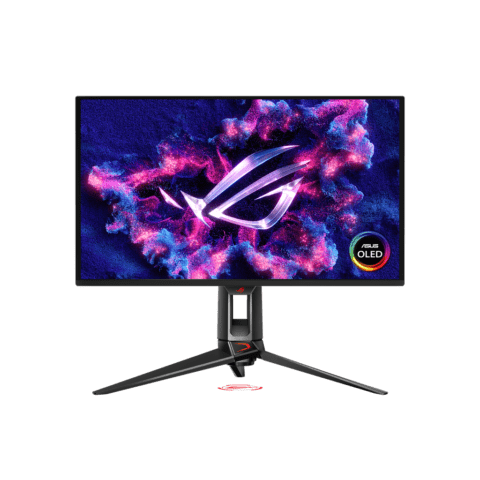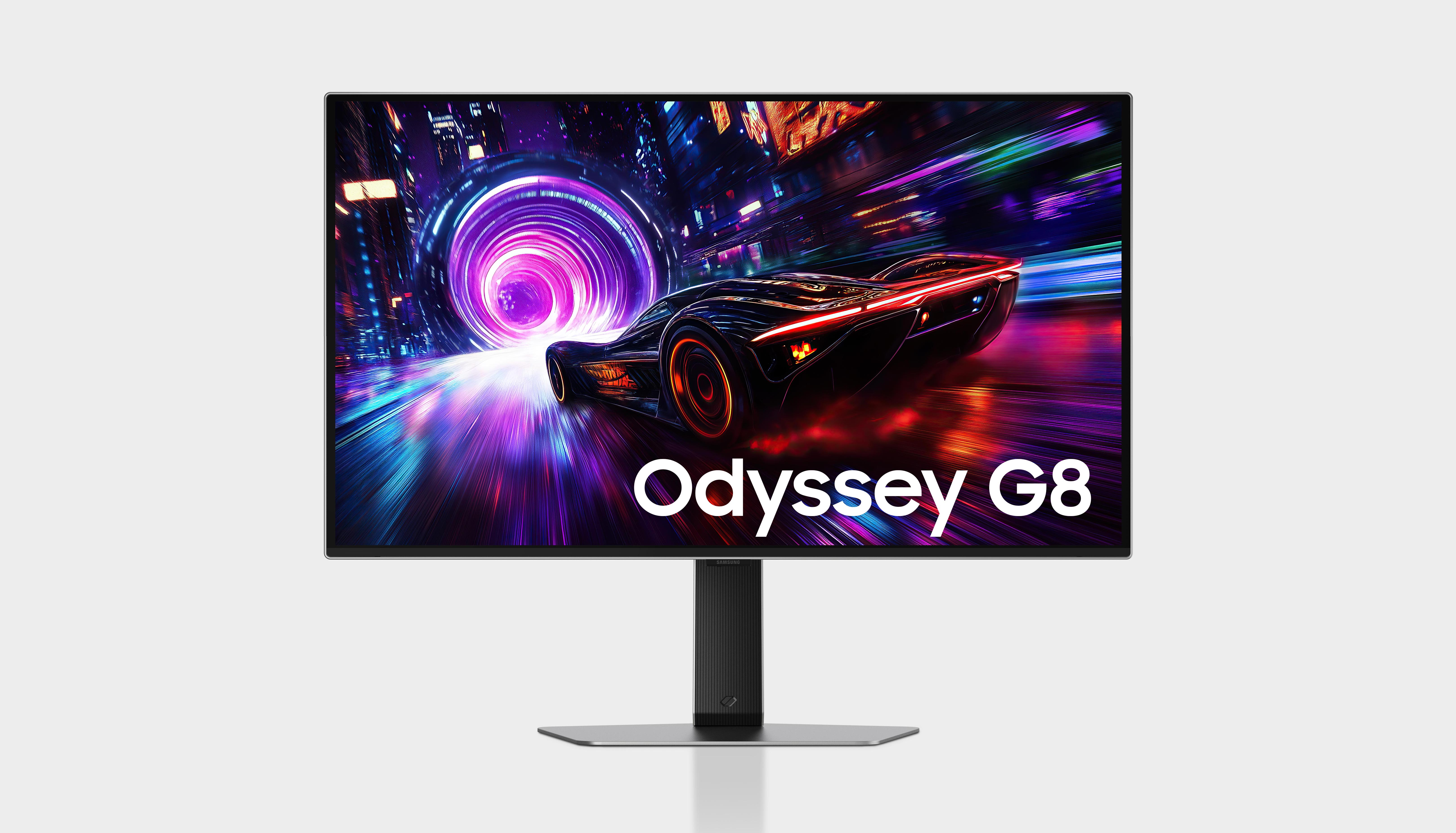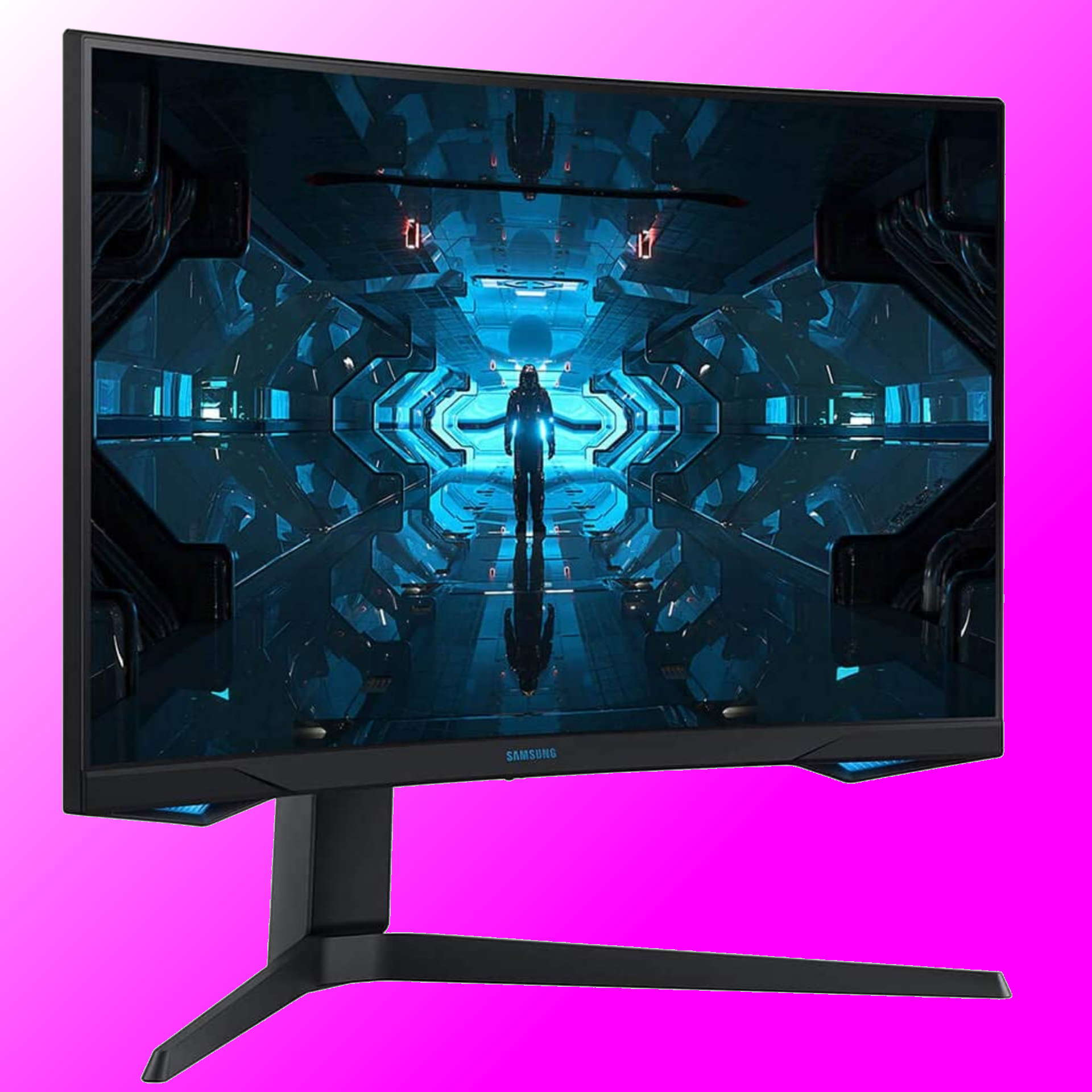With CES 2025 just around the corner, multiple gaming monitor brands are unleashing their wares for the new year. We’ve already seen some 500+ Hz OLED panels. Next up is a new generation of 4K 27-inch OLEDs.
Thus far, the 4K OLEDs we’ve already seen are all 32-inch models. That applies to monitors based on both LG WOLED panel tech and Samsung QD-OLED. These new 27-inch models are all based on what’s being billed as ‘4th Gen’ Samsung QD-OLED technology.
However, do not get too excited by that ‘4th Gen’ label. The new 27-inch 4K Samsung panel does not appear to move the game on for metrics like brightness. Instead, it’s more of a shrinking of Samsung’s existing 3rd Gen 32-inch 4K panel, like that in the MSI MPG 321URX, down to 27 inches.
That brings with it clear benefits in terms of pixel density. Existing 32-inch 4K panels come in just under 140 pixels per inch. These new monitors will be a little over 160 (actually 166 DPI due to the panel size coming in at 26/5 inches).
That should put to bed concerns over font rendering with the QD-OLED tech and its triangular pixel substructure (which is retained for these 27-inch panels). Font rendering was already pretty good thanks to the pixel density of 32-inch models. At 4K and 27-inch, it should be a total non issue.
The benefit of the pixel density for gaming is more debatable. Do many gamers look at a 32-inch 4K panel in-game and think it’s nice but a little bit blocky? In practice, the visual benefit in terms of sharpness and in-game image detail going from 32-inch 4K to 27-inch 4K is marginal. But the smaller panel size and the reduced immersion that brings is arguably more obvious.


With all that in mind, who are the players in this new market? Among the first out of the gate is the Asus Swift OLED PG27UCDM. It packs the new Samsung panel running at 240 Hz, plus DisplayPort 2.1a (up to 80Gbps).
There’s also USB-C with 90 W power delivery, but Asus isn’t making any claims re increased brightness. Our understanding is that the new Samsung panel does not improve full-screen brightness compared to existing QD-OLED screens.
MSI has the MPG 272URX, which essentially matches the Asus spec for spec, but with marginally higher 98 W USB-C power delivery. Where Asus hasn’t quoted brightness specs, MSI has, with 250 nits full screen and 1,000 nits in a 3% window. Again, that’s the same as existing 32-inch 4K QD-OLED models.
Samsung has its own panel in this new 27-inch 4K segment, the Odyssey OLED G8 (G81SF). It appears to have pretty much identical specs to the competition. Oh and for the record, we understand that the bright ambient reflectivity issues that lead to black tones appearing grey still apply to these 27-inch 4K QD-OLEDs.
Anyway, increased pixel density is always nice, but it’s not immediately obvious how much this will be a clear benefit over 32-inch 4K panels for gaming. The appeal of these panels will therefore likely come down to price. Our understanding is that they will be cheaper than their 32-inch cousins, but only a little.

Best gaming monitor: Pixel-perfect panels.
Best high refresh rate monitor: Screaming quick.
Best 4K monitor for gaming: High-res only.
Best 4K TV for gaming: Big-screen 4K PC gaming.






